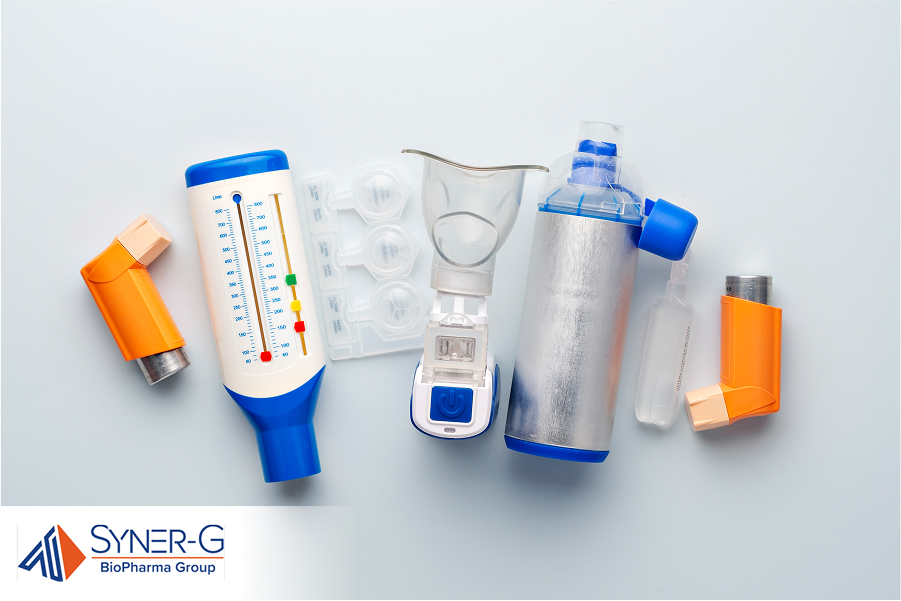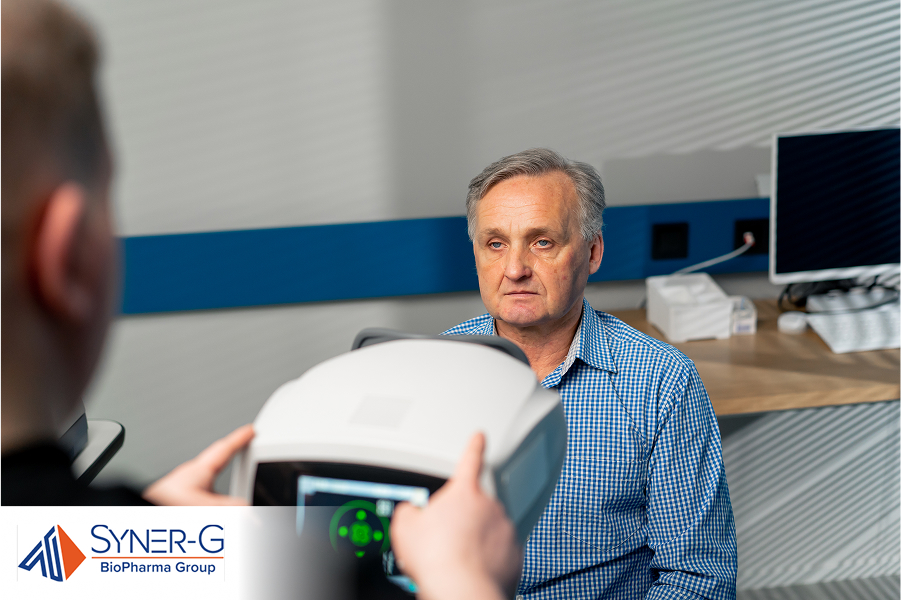The Food and Drug Administration (FDA) serves as the primary regulatory authority responsible for making sure the safety and effectiveness of medical devices in the United States. The FDA approval process for medical devices represents a critical pathway that manufacturers must navigate to bring their innovations to market. This regulatory framework is designed to provide reasonable assurance of safety while facilitating patient access to beneficial technologies.
Understanding the nuances of device classification, premarket submission requirements, and regulatory pathways is essential for medical device companies seeking to successfully commercialize their products in a highly regulated environment.

The Medical Device Classification System
The FDA categorizes medical devices into three distinct classes based on their risk profile and the level of regulatory control necessary to ensure safety and effectiveness. As device class increases from I to III, so does the regulatory scrutiny applied to each product.
Class I devices present minimal risk to patients and are subject to general controls, including establishment registration, medical device listing, and good manufacturing practices. Examples include bandages, examination gloves, and manual stethoscopes. Most Class I devices are exempt from premarket notification requirements.
Class II devices pose moderate risk and require special controls in addition to general controls. These special controls may include performance standards, post-market surveillance, and specific labeling requirements. Most Class II devices require premarket notification through the 510(k) pathway to demonstrate substantial equivalence to a legally marketed predicate device. Examples include infusion pumps, powered wheelchairs, and surgical drapes.
Class III devices represent the highest risk category, typically supporting or sustaining human life, preventing impairment of health, or presenting a potential unreasonable risk of illness or injury. Most Class III devices require premarket approval (PMA), the FDA’s most stringent regulatory pathway. Examples include implantable pacemakers, heart valves, and breast implants.

The Premarket Notification 510(k) Pathway
The 510(k) premarket notification represents the most common regulatory pathway for moderate-risk devices. This process requires manufacturers to demonstrate that such a device is substantially equivalent to a legally marketed predicate device that does not require premarket approval. Substantial equivalence means the new device has the same intended use and technological characteristics as the predicate, or different technological characteristics that do not raise new safety concerns.
The 510(k) review process typically includes:
- Acceptance review: An initial assessment to make sure the submission contains all required elements
- Substantive review: A thorough evaluation of the scientific and technical information provided
- Final determination: A decision regarding substantial equivalence
Medical device user fees apply to most 510(k) submissions, with the fee structure updated annually. The standard review timeline for a traditional 510(k) is 90 days, though this may be extended if the FDA requests additional information. Successful 510(k) submissions result in “clearance” rather than “approval,” an important distinction in regulatory terminology.
The FDA recognizes three types of 510(k) submissions: Traditional, Special, and Abbreviated.
- Traditional 510(k) is the most common and includes all necessary data to demonstrate substantial equivalence.
- Special 510(k) is used when a manufacturer makes modifications to its own legally marketed device and the changes do not affect safety or effectiveness.
- Abbreviated 510(k) relies on FDA-recognized consensus standards, guidance documents, and special controls to streamline review.
The Premarket Approval (PMA) Process
Most Class III devices must undergo the premarket approval process, the most stringent regulatory pathway for medical devices. PMA applications require valid scientific evidence that provides reasonable assurance of safety and effectiveness for the device’s intended use.
Unlike the 510(k) pathway, which relies on substantial equivalence to existing products, PMA requires comprehensive clinical data demonstrating that the benefits of using the device outweigh its risks.
The PMA process typically includes:
- Laboratory and animal testing to establish fundamental safety parameters
- Clinical trials conducted under an approved Investigational Device Exemption (IDE)
- Manufacturing information and quality system documentation
- Comprehensive labeling detailing proper use conditions
The FDA’s review of PMA applications involves an in-depth evaluation of clinical data, which typically comes from pivotal clinical studies designed specifically to address safety and effectiveness endpoints. These clinical trials must adhere to strict protocols and often require oversight from an Institutional Review Board to protect research participants.
The statutory review timeline for a PMA is 180 days; however, in practice, most applications undergo multiple review cycles, such as interactive reviews and major deficiency responses. As a result, the total time to market can often exceed one year for complex or high-risk devices. Market approval through the PMA process represents the FDA’s highest level of safety assurance before allowing market access for high-risk devices.

Alternative Regulatory Pathways
While the 510(k) and PMA pathways accommodate most medical devices, the FDA has established several alternative regulatory mechanisms to address specific scenarios:
The De Novo process provides a pathway for novel devices with no predicate that would otherwise receive automatic Class III designation. This process allows low to moderate-risk novel devices to be classified as Class I or Class II, avoiding the more rigorous PMA requirements.
The FDA’s Breakthrough Devices Program is designed to expedite the development, assessment, and review of innovative medical devices that provide more effective treatment or diagnosis of life-threatening or irreversibly debilitating conditions. Sponsors benefit from interactive and prioritized FDA review, guidance on data collection, and opportunities to address issues early in development, potentially shortening the time to market.
The Humanitarian Device Exemption (HDE) facilitates market access for devices addressing conditions affecting fewer than 8,000 individuals annually. An approved Humanitarian Use Device (HUD) requires demonstration of safety and probable benefit rather than the more stringent effectiveness standard applied to traditional devices.
The Investigational Device Exemption (IDE) allows unapproved devices to be used in clinical studies to collect safety and effectiveness data. An IDE is typically required before initiating clinical trials for significant risk devices that would ultimately require PMA approval.
The Device Development Process
The development process begins long before regulatory submission. Medical device companies must establish design controls, conduct extensive testing, and generate data that will ultimately support regulatory clearance or approval. This typically involves:
- Concept and feasibility assessment
- Design and development planning
- Verification and validation testing
- Animal testing when necessary to evaluate safety prior to human exposure
- Clinical studies design and execution
Clinical evidence generation represents one of the most critical and resource-intensive aspects of device development. The extent of clinical data required depends on device classification, novelty, and risk profile. Clinical trials for high-risk devices must adhere to federal regulations regarding informed consent, risk assessment, and data integrity.
For significant risk devices, clinical studies require both FDA approval of an Investigational Device Exemption and oversight by an Institutional Review Board. These studies must be designed to address specific safety concerns while generating statistically valid effectiveness data that will support the regulatory submission.
Post-Approval Considerations
FDA approval means the device can be legally marketed, but regulatory obligations continue after market introduction. Medical device reporting requirements mandate that manufacturers, importers, and user facilities report adverse events to the FDA. This post-market surveillance system helps identify emerging safety issues that may not have been observed during pre-market evaluation.
For Class III devices and some Class II devices, post-approval studies may be required to gather additional long-term safety and performance data. Any significant modifications to an approved device typically require FDA prior review and approval before implementation, ensuring that changes do not impact the original safety profile.
Building Bridges Between Innovation and Patient Safety
The FDA approval process for medical devices represents a complex regulatory framework designed to balance innovation with patient safety. As technology advances, the FDA continues to refine its approach to medical device regulation, implementing programs to expedite review of breakthrough technologies while maintaining rigorous standards for safety and effectiveness.
Successful navigation of regulatory pathways requires medical device companies to understand not only the technical requirements for each submission type but also the underlying scientific evidence standards that support marketing authorization. Early engagement with the FDA through pre-submission meetings can provide valuable guidance on regulatory strategy and data generation requirements.
The journey from device development to regulatory approval demands meticulous planning, robust quality systems, and comprehensive data management. By incorporating human factors in medical devices and understanding the nuances of the FDA approval process, manufacturers can develop regulatory strategies that efficiently bring safe and effective medical devices to the patients who need them.

